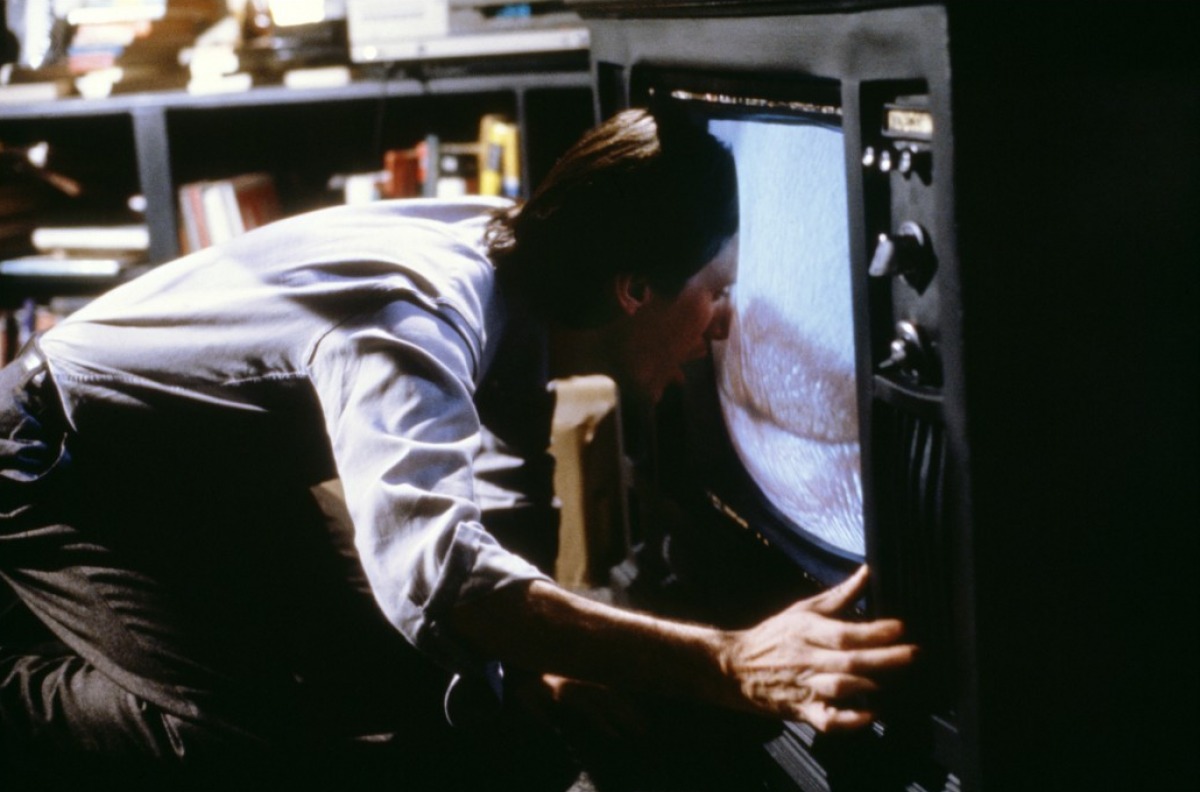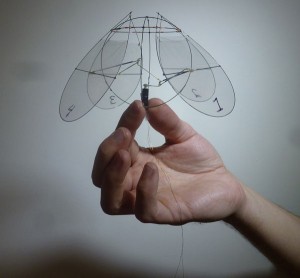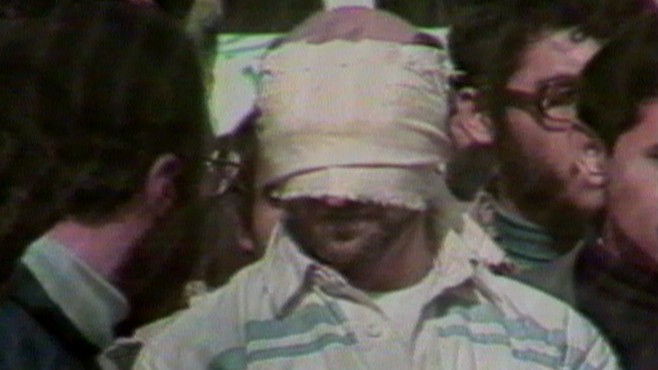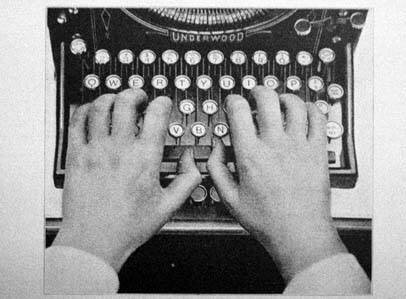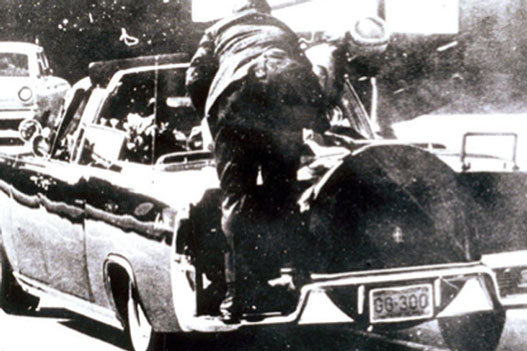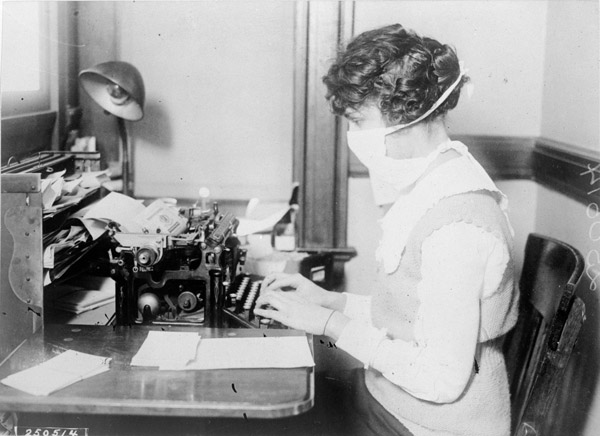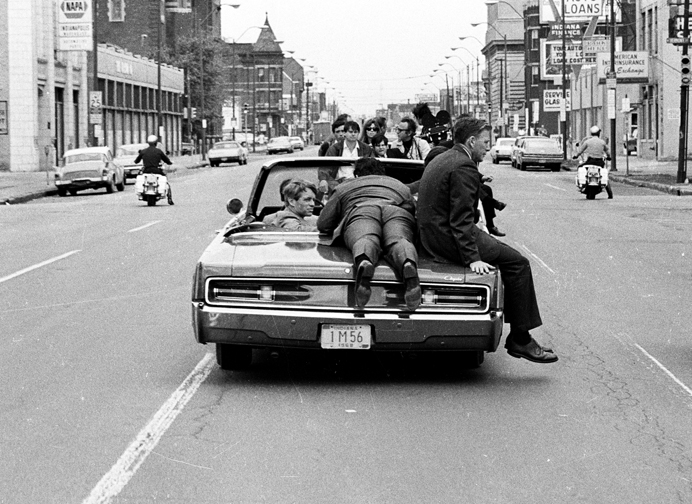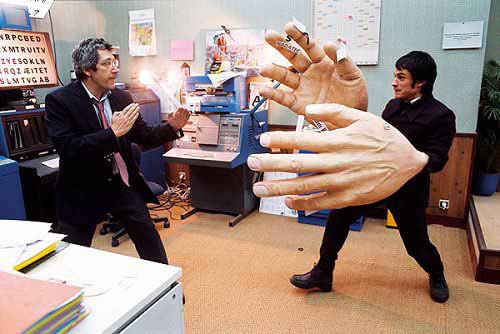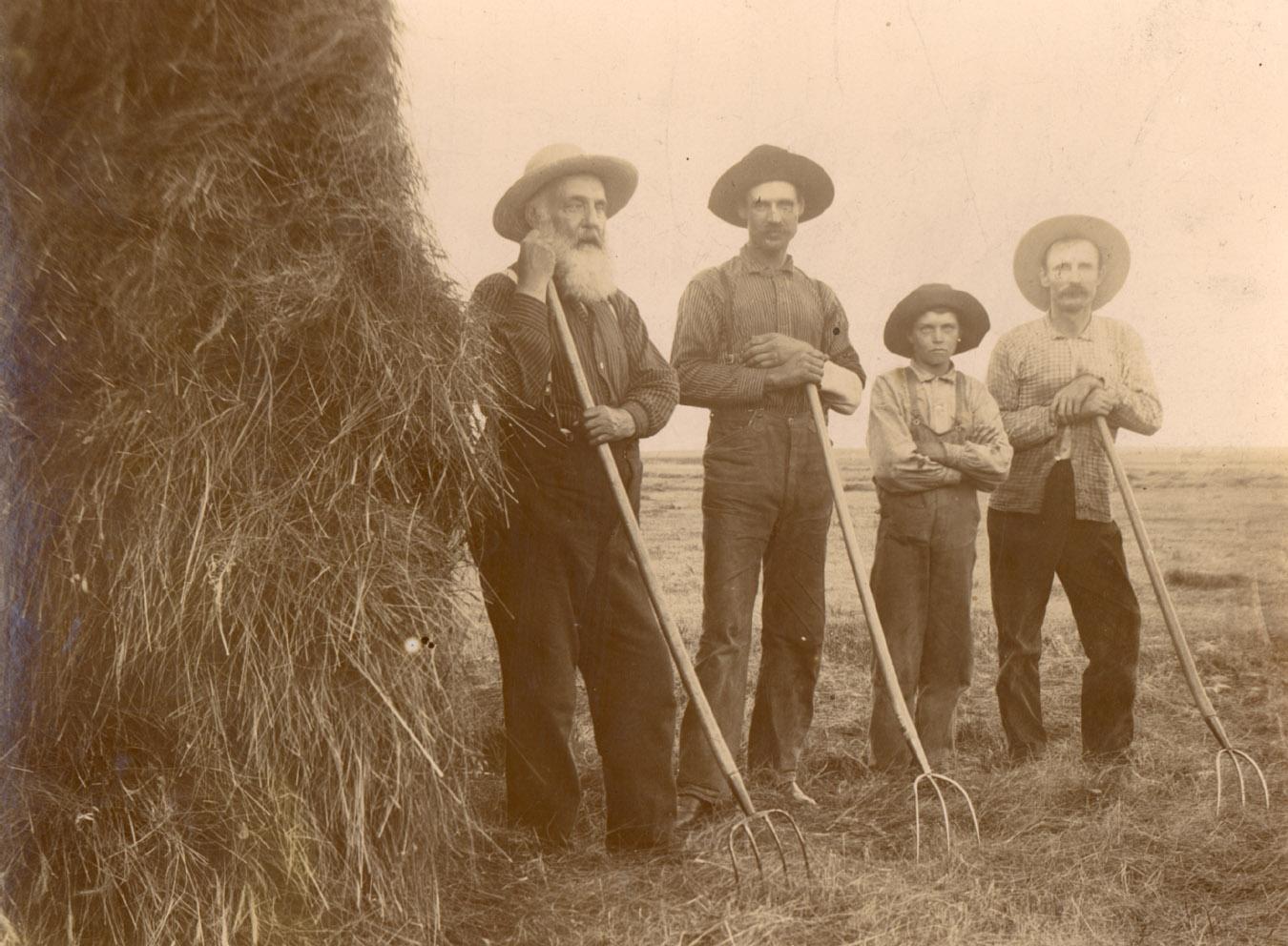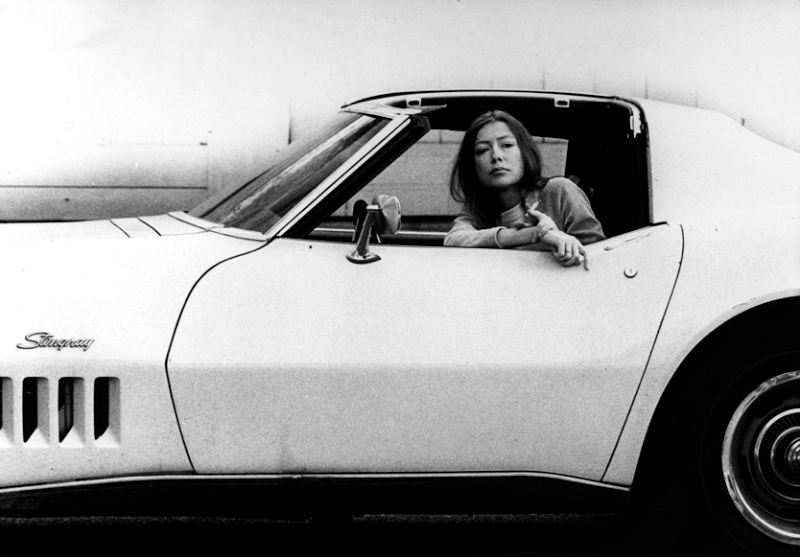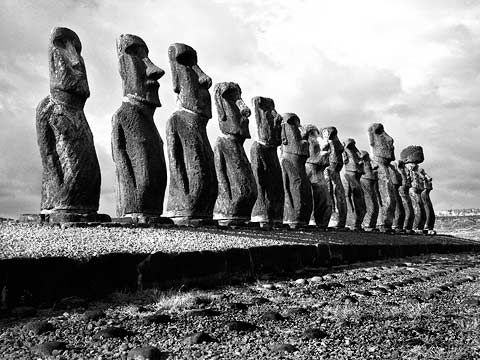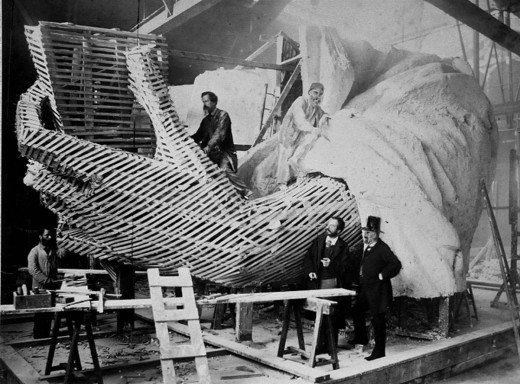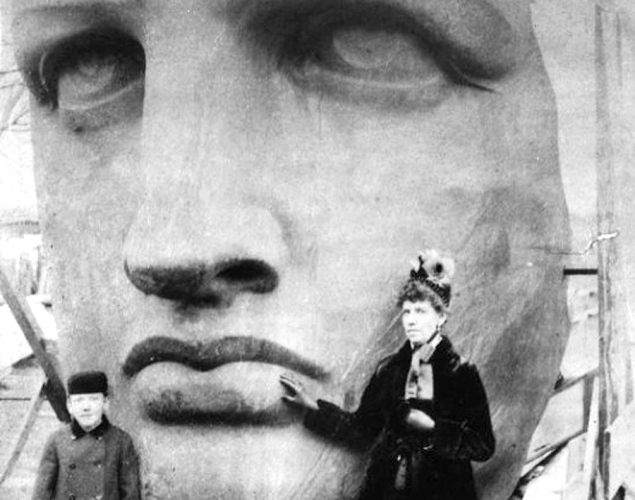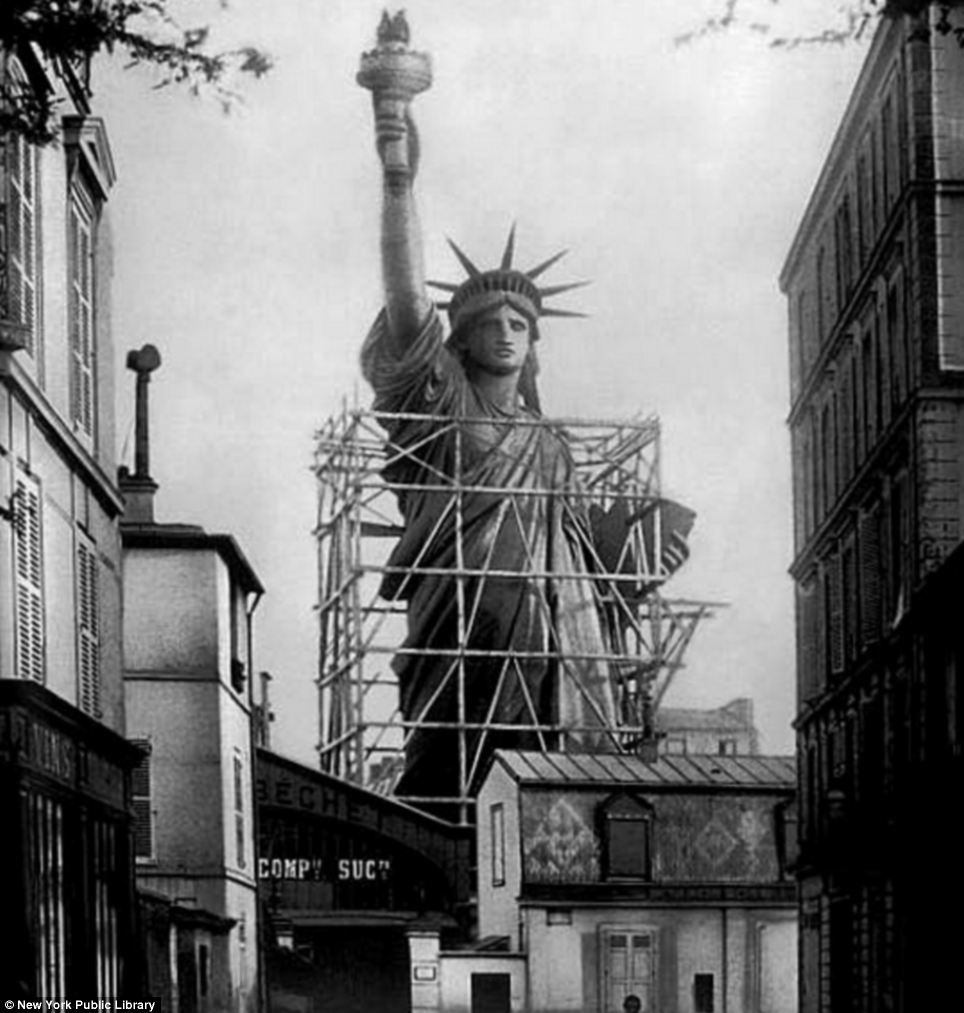Richard Dawkins, evolutionary biologist, atheist-in-chief, coiner of the term “meme,” and maker of perplexing comments about church sex scandals, just did an Ask Me Anything at Reddit. A few exchanges follow.
__________________________
Question:
As an expert on evolution, what do you feel is the strangest creature on Earth, or the one that just doesn’t seem to make sense from an evolutionary standpoint yet continues to survive? (Besides people)
Richard Dawkins:
Nautilus (because of its pinhole camera eye). But that’s just off the top of my head. I’d probably think of a better answer given more time (that is so often true!)
__________________________
Question:
Richard, what would you say to Muslims who point out (correctly) that during Islam’s Golden Age, science and education flourished in the Caliphate as Muslim scientists either started new fields, or built on past work by Greek and Indian scholars.
Richard Dawkins:
Great job in the Middle Ages, guys. What went wrong?
__________________________
Question:
How do you feel about South Park’s depiction of you and their take on the argument?
Richard Dawkins:
Satire is supposed to satirise. Depicting somebody as having a predilection for buggering a bald transvestite is not satire and not witty. The futuristic projection of wars between atheist factions is genuine satire and quite witty. I think it’s important understand the difference. I preferred the experience of going on The Simpsons.
__________________________
Question:
How do you feel now that memes, first discussed in your book The Selfish Gene, have become ubiquitous in internet culture?
Richard Dawkins:
I’m pleased that the concept of meme has become widely understood, but the true meaning is a bit broader than the common understanding. Anything transmitted with high fidelity from brain to brain by imitation is a meme.
__________________________
Question:
Would you like to take a moment to chat about our lord and savior Jesus Christ?
Richard Dawkins:
No thank you.•




